The Heritage Club - October 2021
This month we feature two wines from the legendary Bordeaux region of France. The white is a zippy-acidic blend driven by the Bordeaux native, Sauvignon Blanc. The red is a Merlot forward display in balanced winemaking. While these two wines could not be more drastic, they are located extremely close to one another. Just another reason that wine is wonderful.
Chateau Haut-La Pereyre, Entre-Deux-Mers Haut Benauge 2019
Producer: Chateau Haut-La Pereyre
Winemaker: Olivier Cailleux
Region: Bordeaux, France (right bank)
Grape Varietal: 70% Sauvignon Blanc, 15% Sauvignon Gris, 15% Semillion
Viticulture: Limestone soils and rolling hills contribute to this famous region that produces excellent white wines.
Method: Sustainably made without being fined or cold-stabilized. Production averages 2,000 cases.
Serving Suggestion: Serve cold with lemon chicken or a grilled shrimp dish.
Age: Drink now or enjoy in the next couple of years.
Nose: Lychee and citrus with a hint of grapefruit.
Tasting Notes: Flinty minerality makes way for lemon and green apples. This wine is racy with wonderful acidity.
WHY WE’RE EXCITED ABOUT THIS WINE
When we think Bordeaux, it is natural to assume big-bold red blends. However, the right bank of Bordeaux features many great Bordeaux Blanc wines. While most reach for richer white wines in the winter months, this zippy-acid forward wine will cut through the richness of any comfort dish this winter.
Olivier Cailleux is the sixth generation to manage the estate. He took over in 1994. Today, Olivier farms 126 acres of grapes at Château Haut-La Péreyre. In 2019 he earned HEV certification (High Environmental Value), which speaks to sustainability, something we love featuring in the wine club.
These grapes are traditional for Bordeaux Blanc and is where Sauvignon Blanc originated. This light and fruity wine is also bone dry, welcoming all kinds of delicious food pairing options. Wines from this region tend to be great values as opposed to the rich and creamy style of Bordeaux Blanc wines.
White Bordeaux tends to be more citrus and floral instead of grassy and herbal. The acidity is not as high as Pouilly-Fumé (a Sauvignon Blanc from the Loire Valley) and the flavor is not as tropical or peach-driven as California Sauvignon Blanc.
Chateau Haut-Rian 2018 Cotes de Bordeaux Rouge
Producer: Haut-Rian
Region: Bordeaux, France (right bank)
Grape Varietal: 70% Merlot, 20% Cabernet Sauvignon, 10% Cabernet Franc
Viticulture: Clay-Limestone and Clay-Gravel soils by the Garonne River, where the vines can see the water but are rarely susceptible to flooding.
Method: 30 day maceration with rémontage and délestage. Part of the cuvée spends six months in French oak.
Age: Drink now or hold onto this wine for five years.
Serving Suggestion: Drink room temperature with beef or veal dishes.
Nose: Spicy with fresh red fruits.
Tasting Notes: Supple with elegant tannin with red and black fruits and a hint of vanilla.
WHY WE’RE EXCITED ABOUT THIS WINE
This wine is what many of us want when we reach for a red Bordeaux. While left bank Bordeaux features mainly Cab Sauvignon this right bank Merlot-driven wine delivers delicate softness while still packing the tannic punch.
This wine is also certified terra vitis and bee-friendly, which again contributes to a sustainably made product.
While tariffs and popularity of French wine, specifically Burgundy and Bordeaux, this wine has a remarkable quality for its price point. Merlot gets a bad wrap to many, but this wine showcases what a Merlot blend can really be, well-balanced, lush fruits, with obvious non-fruit notes.
Letting this wine breathe is a case study in decanting. Even as little as a half-hour really lets this wine open up and soar. Many wines benefit from a little thinking ahead and patience. Decanting can occur in a fancy decanter or really any vessel you can pour out of.
Every once in a while it is great to open up a classic style of wine and remind yourself of why it is so classic. This wine perfectly exemplifies Bordeaux Rouge and does so at an exceptional value.
